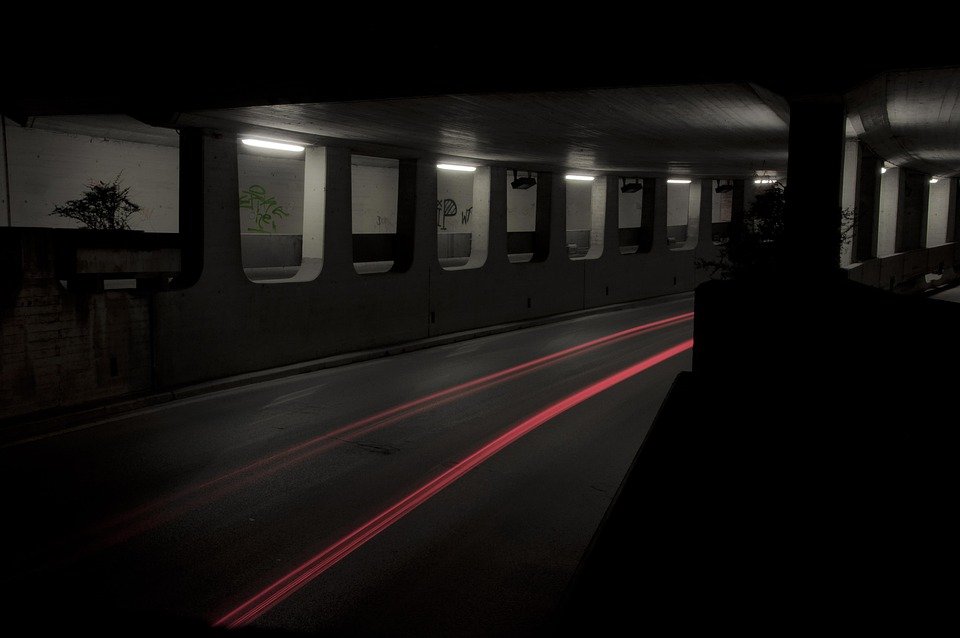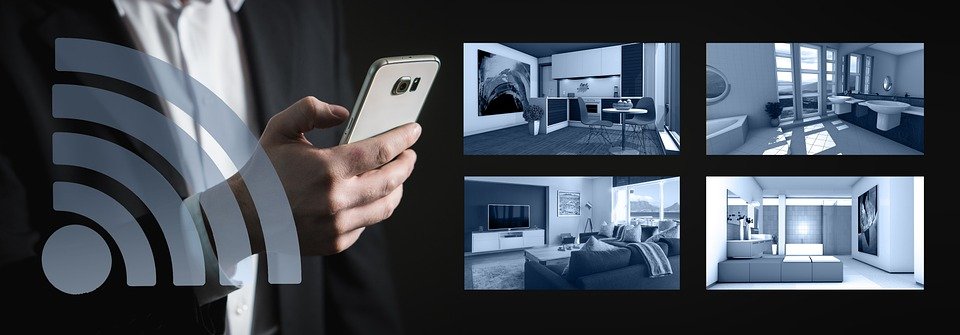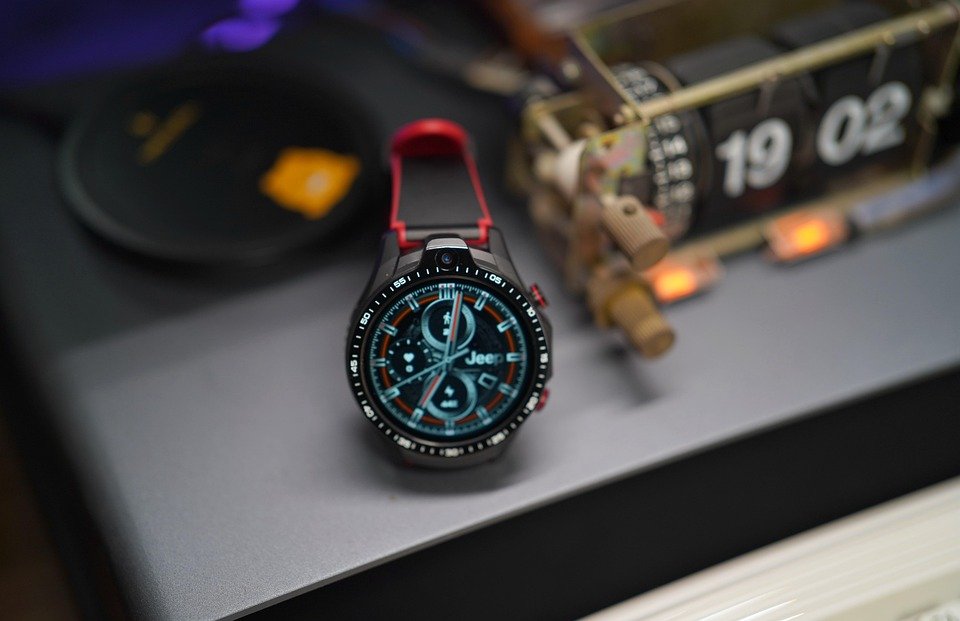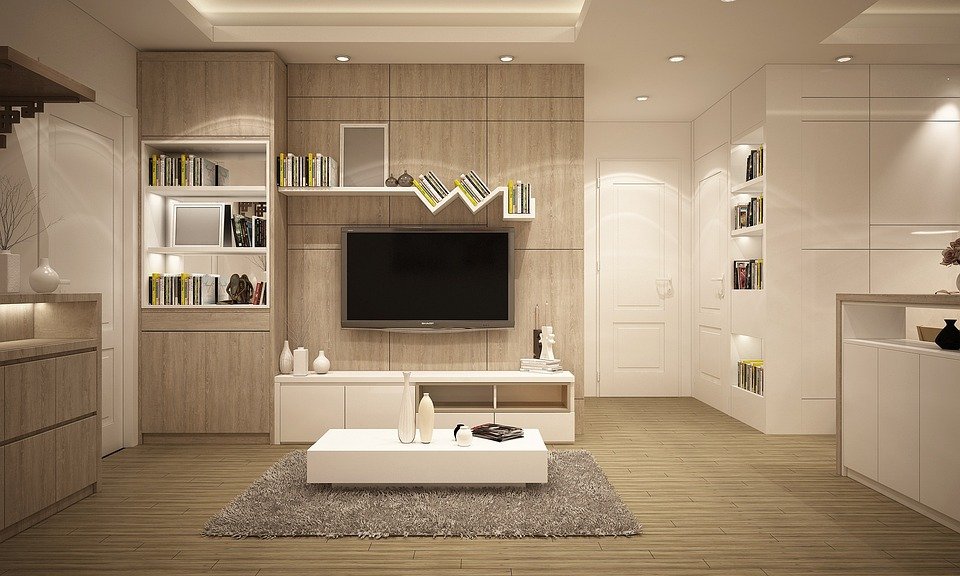Complete Guide to Interior Lighting Design
Lighting plays a crucial role in shaping the ambiance, functionality, and aesthetics of any space. A well-designed lighting scheme enhances comfort, improves productivity, and elevates the overall design of your home or office. This complete guide covers the fundamentals of interior lighting design, including types of lighting, key principles, and expert tips for every room.
1. Understanding the Three Main Types of Lighting
A. Ambient Lighting (General Lighting)
Ambient lighting provides overall illumination, ensuring a room is well-lit for basic activities. Common sources include:
- Ceiling-mounted fixtures (chandeliers, flush mounts)
- Recessed lighting (downlights)
- Wall sconces (indirect lighting)
- Track lighting (adjustable spots for even distribution)
B. Task Lighting
Task lighting is focused illumination for specific activities like reading, cooking, or working. Examples:
- Desk lamps (for office spaces)
- Under-cabinet lighting (kitchens)
- Pendant lights (over dining tables)
- Vanity lighting (bathrooms)
C. Accent Lighting
Accent lighting highlights architectural features, artwork, or decor. Popular options include:
- Spotlights (artwork, sculptures)
- Wall washers (textured walls)
- LED strip lights (highlighting shelves)
2. Key Lighting Design Principles
A. Layered Lighting
Combine ambient, task, and accent lighting for a balanced, functional, and visually appealing space.
B. Color Temperature (Kelvin Scale)
- Warm White (2700K–3000K): Cozy, relaxing (living rooms, bedrooms)
- Neutral White (3500K–4500K): Balanced light (kitchens, offices)
- Cool White (5000K+): Bright, energizing (garages, task areas)
C. Lighting Control (Dimmers & Smart Systems)
Install dimmers or smart lighting (e.g., Philips Hue, Lutron) to adjust brightness and mood.
D. Energy Efficiency (LEDs & Smart Choices)
Opt for LED bulbs—they last longer and consume less energy than incandescent or CFL bulbs.
3. Room-by-Room Lighting Guide
A. Living Room
- Ambient: Chandelier or recessed lighting
- Task: Floor lamps near seating areas
- Accent: Wall sconces or picture lights
B. Kitchen
- Ambient: Flush mount or track lighting
- Task: Under-cabinet LEDs, pendant lights over islands
- Accent: Toe-kick lighting, LED strips
C. Bedroom
- Ambient: Soft ceiling lights
- Task: Bedside lamps or wall-mounted reading lights
- Accent: Fairy lights or LED strips for a cozy touch
D. Bathroom
- Ambient: Ceiling fixtures
- Task: Vanity lighting (sconces or mirror LEDs)
- Accent: Recessed shower lighting
E. Home Office
- Ambient: Overhead lighting (avoid harsh fluorescents)
- Task: Adjustable desk lamp (5000K for focus)
- Accent: Minimal accent lighting to reduce glare
4. Lighting Trends & Creative Ideas
- Statement Fixtures: Bold chandeliers or sculptural pendants as focal points.
- Hidden Lighting: Cove lighting for a modern, seamless look.
- Smart Integration: Voice-controlled lighting (Google Home, Alexa).
- Natural Light Optimization: Mirrors and sheer curtains to enhance daylight.
5. Common Lighting Mistakes to Avoid
❌ Overhead-only lighting (creates harsh shadows)
❌ Mismatched color temperatures (stick to one temperature per room)
❌ Poor fixture placement (ensure even distribution)
❌ Ignoring dimmers (they add flexibility)
Final Thoughts
A well-designed lighting plan enhances both functionality and aesthetics. By combining different light layers, choosing the right color temperature, and incorporating smart technology, you can transform any space into a beautifully illuminated haven.
Would you like specific recommendations for your home or office? Let us know in the comments!
Key Takeaways:
✔ Use ambient, task, and accent lighting in layers.
✔ Choose LED bulbs with appropriate color temperatures.
✔ Install dimmers and smart controls for versatility.
✔ Avoid common mistakes like mismatched lighting.
By following these principles, you’ll create a space that is both practical and visually stunning. Happy lighting! 💡
















